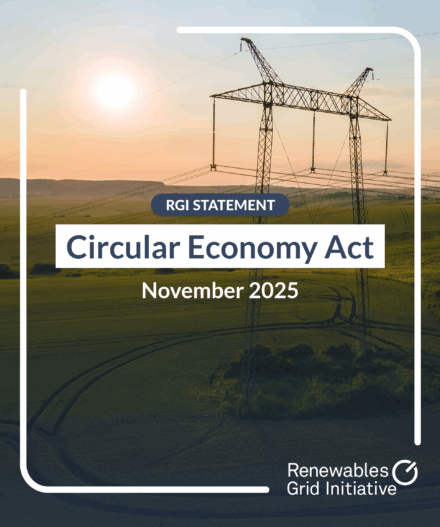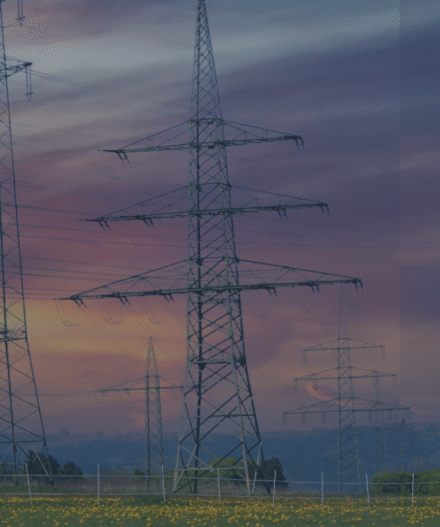resource centre
browse through
rgi resources
highlighted
Global Initiative for Nature, Grids and Renewables (GINGR)
Aims to support the just and sustainable energy transition by providing assessment tools to quantify contributions to Nature- and People-Positive goals.

Publication (77)
Select types
Display:
Selected Filters:

07 November 2025
RGI Statement on the Circular Economy Act
06 November 2025
OCEaN Joint Messages for NSEC Ministerial Meeting
06 August 2025
RGI Statement: European Grids Package
08 July 2025
Wired for Circularity – Building sustainable power grids for a decarbonised future
30 June 2025
RGI Statement: Flexibility needs assessment methodology
27 May 2025
RGI Statement: Blackout in the Iberian Peninsula
15 March 2025
Implementing the 24/7 Carbon-Free Energy (CFE) approach: Where the electricity grids and flexibility meet
18 December 2024
Shaping our Offshore Path: Optimised Planning for Offshore Energy Development- …

